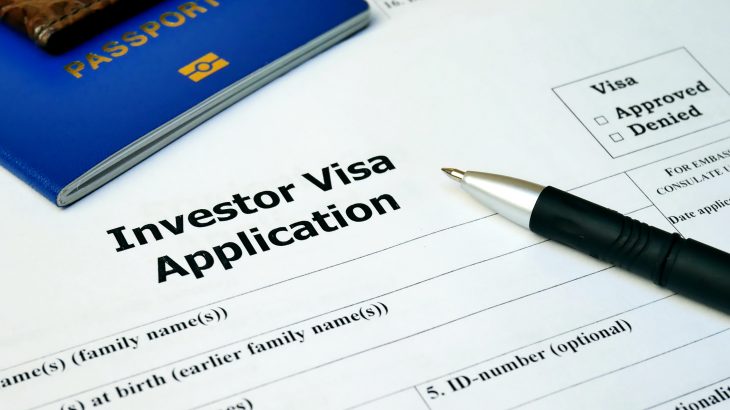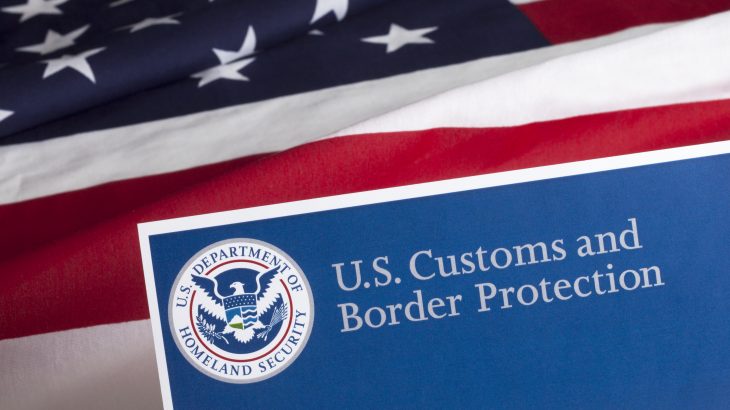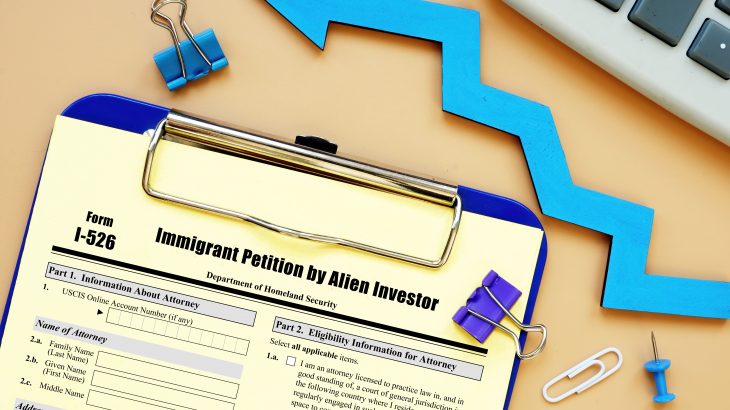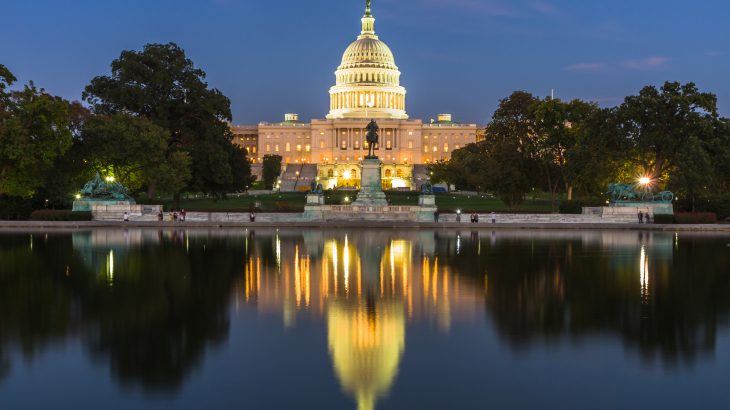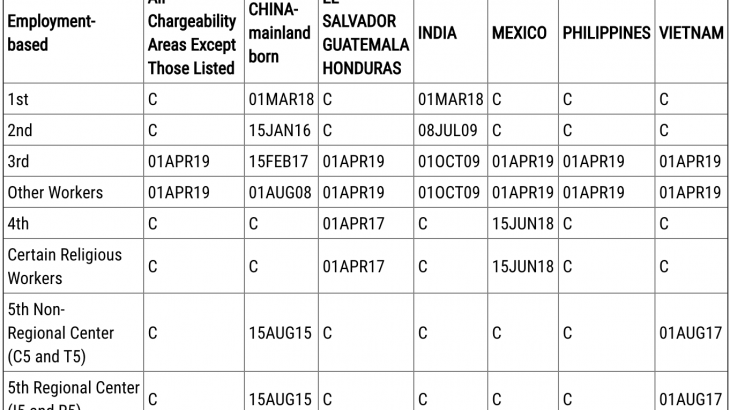The United States Citizenship and Immigration Services (USCIS) has published a proposed rule in the federal register that seeks to increase fees for certain immigration benefit requests which includes H-1B visas, L-1 visas and EB-5 visas. At this stage the fee revision is only a proposal and will go through a period of public consultation through March 6, 2023. Given the length of the review process, the proposed fee rule will not be applicable for at least several months.
USCIS’s proposed fee schedule represents a 40% weighted average increase. The fee increase, as justified by the agency, is essential for cutting down processing times and backlog and increasing overall efficiency.
Some key fee revisions are:
Employment Visa Categories
The proposed fee for filing an: L-1 petition is $1,385, an increase from the current $460; H-1B petition is $780, an increase from the current $460 (H-1B cap registration fee would increase to $215 per registration from $10).
EB-5 Investor Visa
Form I-526 & Form I-526E fees (Immigrant Petition by Alien Entrepreneur/Regional Center Investor) would be increased from $3,675 to $11,160. Fee for Form I-829 (Petition by Investor to Remove Conditions on Permanent Resident Status) would be increased from $3,835 to $9,525.
New fee of $600
USCIS has also proposed a new Asylum Program fee of $600 to be paid by employers who file either a Form I-129, Petition for a Non-immigrant Worker, or Form I-140, Immigrant Petition for Alien Worker.
| Proposed Fee Increases in Key Visa Classifications | |||
| Form | Current Fee | Proposed Fee | Difference |
| Asylum Program Fee | N/A | $600 | N/A |
| I-129 Petition for H-1 Non-immigrant Worker | $460 | $780 | 70% |
| I-129 Petition for L Non-immigrant Worker | $460 | $1,385 | 201% |
| I-129 Petition for O Nonimmigrant Worker | $460 | $1,055 | 129% |
| I-129 Petition for E & TN Non-immigrant Worker | $460 | $1015 | 121% |
| I-129 Petition for Nonimmigrant Worker: H-3, P, Q or R Classification | $460 | $1015 | 121% |
| I-140 Immigrant Petition for Alien Worker | $700 | $715 | 2% |
| I-765 Application for Employment Authorization — Online | Paper | $410 | $410 | $555 | $650 | 35% | 59% |
| Form I-526, Immigrant Petition by Standalone Investor | $3,675 | $11,160 | 204% |
| Form I-526, Immigrant Petition by Regional Center Investor | $3,675 | $11,160 | 204% |
| Form I-131, Application for Travel Document | 575 | $630 | 10% |
| Form I-130 Petition for Alien Relative (Online) (Paper) | $535 $535 | $710 $820 | 33% 53% |
*The entire list of all proposed fee changes is available at 2022-27066.pdf (federalregister.gov) (page 18)
The proposal also includes provisions to lengthen the premium processing timeline from 15 calendar to 15 business days.
By Zeenat Phophalia, Of Counsel, Davies & Associates
This article is published for clients, friends and other interested visitors for information purposes only. The contents of the article do not constitute legal advice and do not necessarily reflect the opinions of Davies & Associates or any of its attorneys, staff or clients. External links are not an endorsement of the content.


























